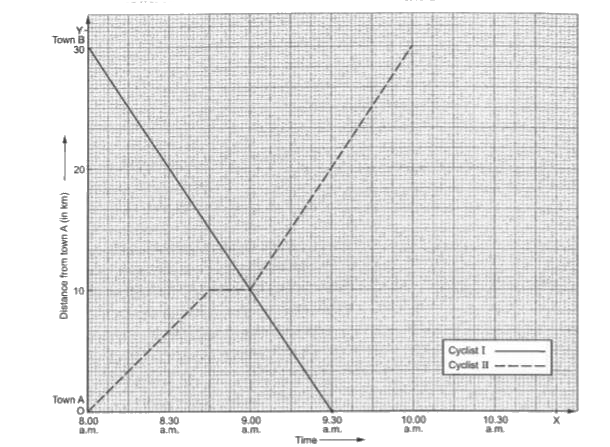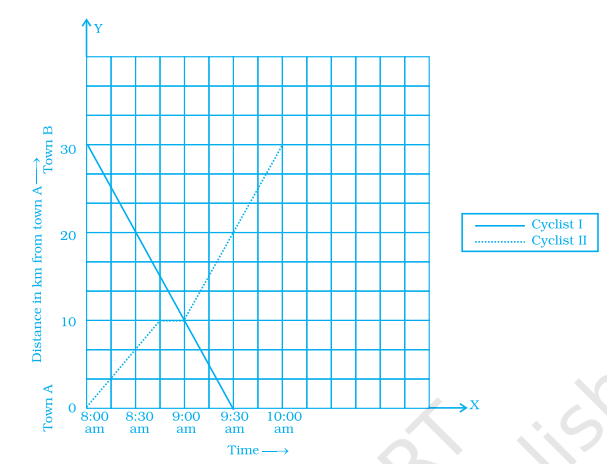A cyclist pedals the cycle for some time and then stops peddling, then
frictional force on the back wheel is in the direction of motion and front wheel is opposite to the direction of motion
frictional force on the back wheel is opposite to the direction of motion and front wheel is in the direction of motion
frictional force on the both the wheels are opposite to the direction of motion.
frictional force on the both the wheels are in the direction of motion.
The correct Answer is:C
Topper's Solved these Questions
- LAWS OF MOTIONBOOK - AAKASH SERIESCHAPTER - LAWS OF MOTIONEXERCISE - EXERCISE - II
117 Videos
- LAWS OF MOTIONBOOK - AAKASH SERIESCHAPTER - LAWS OF MOTIONEXERCISE - PRACTICE EXERCISE
98 Videos
- LAWS OF MOTIONBOOK - AAKASH SERIESCHAPTER - LAWS OF MOTIONEXERCISE - Application
6 Videos
- GEOMETRICAL OPTICSBOOK - AAKASH SERIESCHAPTER - GEOMETRICAL OPTICSEXERCISE - ADDITIONAL PRACTICE EXERCISE (LEVEL-II PRACTICE SHEET (ADVANCED) INTEGER TYPE QUESTIONS)
6 Videos
- LOGIC GATESBOOK - AAKASH SERIESCHAPTER - LOGIC GATESEXERCISE - Exercise (Very Short Answer)
16 Videos
Similar Questions
The number of teeth in the crank wheel and free wheel of a bicycle, connected by a chain are 48 and 24, respectively. Their diameters are 20 cm and 10 cm, respectively. The radius of the rear wheel to which the free wheel is fixed coaxially is 10 times that of the free wheel. If a cyclist pedals the bicycle at two rotations per second, find the speed of the cyclist.
View SolutionA moving bicycle comes to rest after sometime if we stop pedalling it. But Newton's first law of motion that a moving body should continue to move for ever, unless some external force acts on it. How do you explain the bicycle case?
View Solution
Knowledge Check
When we stops pedalling a bicycle we are riding, the bicycle beigns to slow. This is because
Athe earths gravitational force acts on itBit is not acceleratedCno unbalanced force acts on itDfrictional force acts on it
Thaddeus is riding his bicycle. The speed of the bicycle decreases as he stops pedaling it. The speed of the bicycle decreases because of
View SolutionA cyclist moving on a level road at 4 m/s stops pedalling and lets the wheels come to rest. The retardation of the cycle has two components: a constant 0.08 m/s2 due to friction in the working parts and a resistance of 0.02v2/m , where v is speed in meters per second. What distance is traversed by the cycle before it comes to rest? (consider 1n 5=1.61).
View SolutionA cyclist moving on a level road at 4 m/s stops pedalling and lets the wheels come to rest. The retardation of the cycle has two components: a constant 0.08 m/s2 due to friction in the working parts and a resistance of 0.02v2/m, where v is speed in meters per second. What distance is traversed by the cycle before it comes to rest? (consider ln 5=1.61).
View SolutionA cyclist moving on a level road at 4 m/s stops pedalling and lets the wheels come to rest. The retardation of the cycle has two components: a constant 0.08 m/s2 due to friction in the working parts and a resistance of 0.02v2/m , where v is speed in meters per second. What distance is traversed by the cycle before it comes to rest? (consider 1n 5=1.61).
View SolutionA cyclist intends to cycle up a 12∘ hill 100 m high Assuming the mass of bicycle plus person is 78.0 kg
(a) Calculate how much work must be done against gravity
(b) If each complete revolution of the pedals moves the bike 5.10 m along its path, calculate the average force that must be exerted on the pedals tangent to their circular path. Neglect friction and other losses. THe pedals turn in a circle of diameter 36 cm.
View SolutionThe following line graph shows the journey made by two cyclists, cyclist I and cyclist II, one from town B to town A and the other from town A to town B.

Study the above graph carefully and answer the questions given below :
(i) At what time did cyclist II rest ? For how long did the cyclist rest ?
(ii) Was cyclist II cycling faster or slower after the rest ?
(iii) At what time did the two cyclists meet ?
(iv) How far had cyclist II travelled when he met cyclist I ?
When cyclist II reached twon B, how far was cylist I from town A ?
View SolutionThe following graph shows the journey made by two cyclists, one from town A to B and the other from town B to A.
(a) At what time did cyclist II rest? How long did the cyclist rest?
(b) Was cyclist II cycling faster or slower after the rest?
(c) At what time did the two cyclists meet?
(d) How far had cyclist II travelled when he met cyclist I?
(e) When cyclist II reached town A, how far was cyclist I from town B?

View Solution
